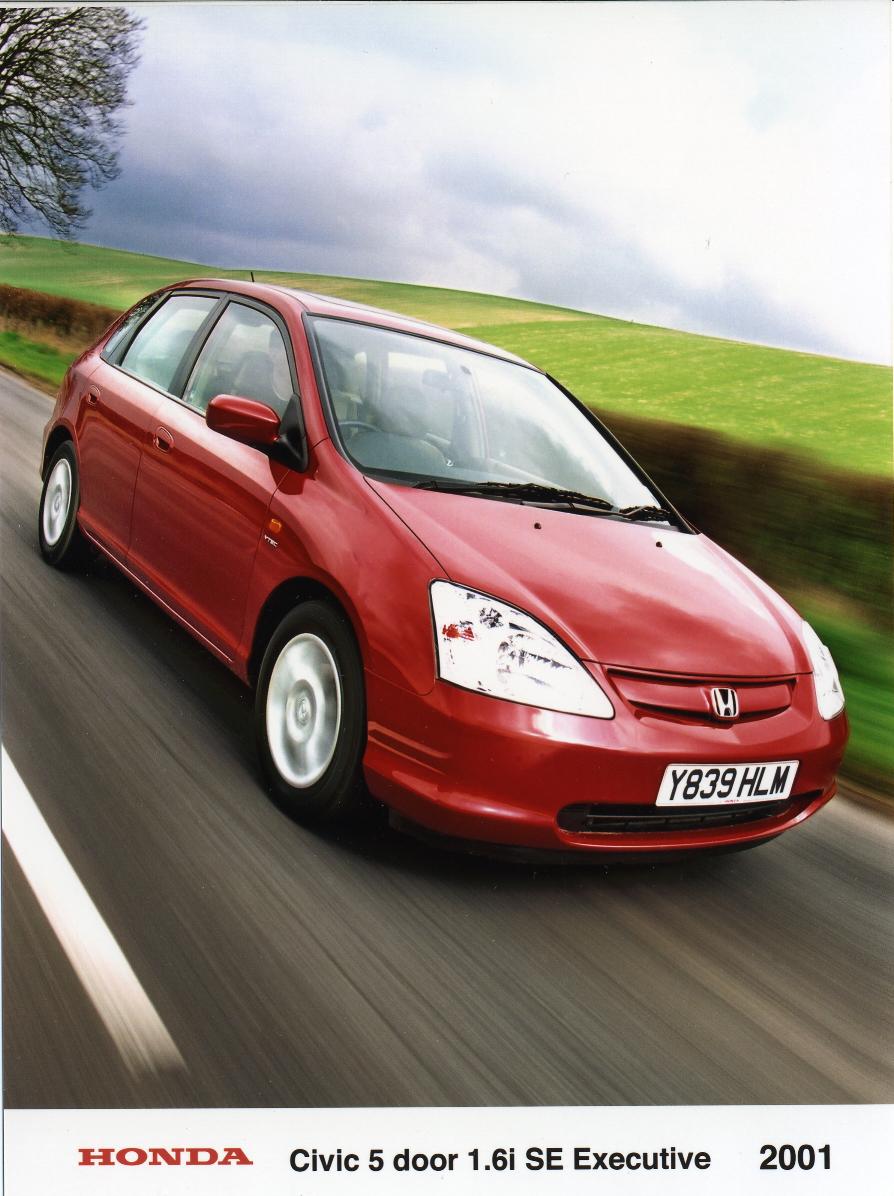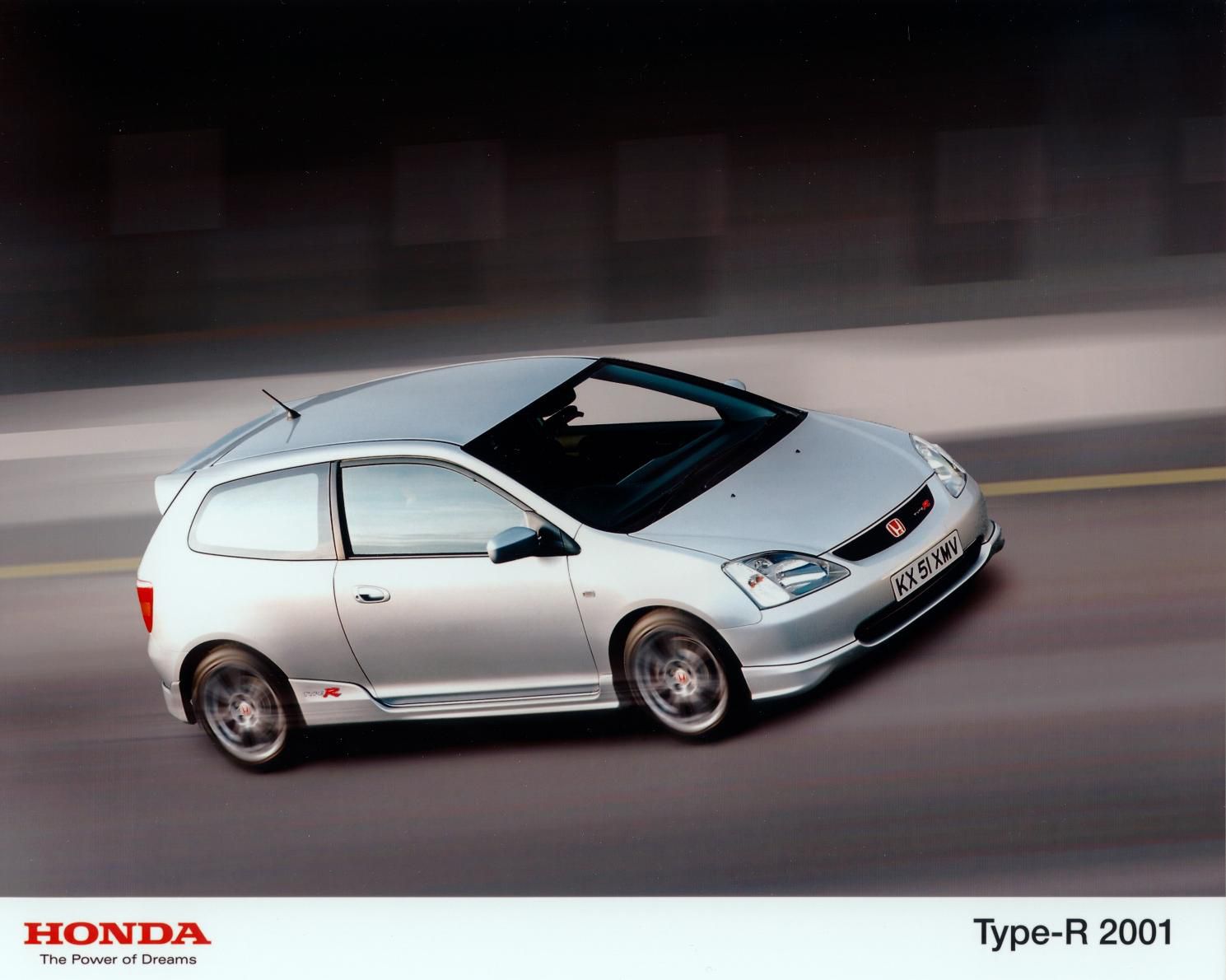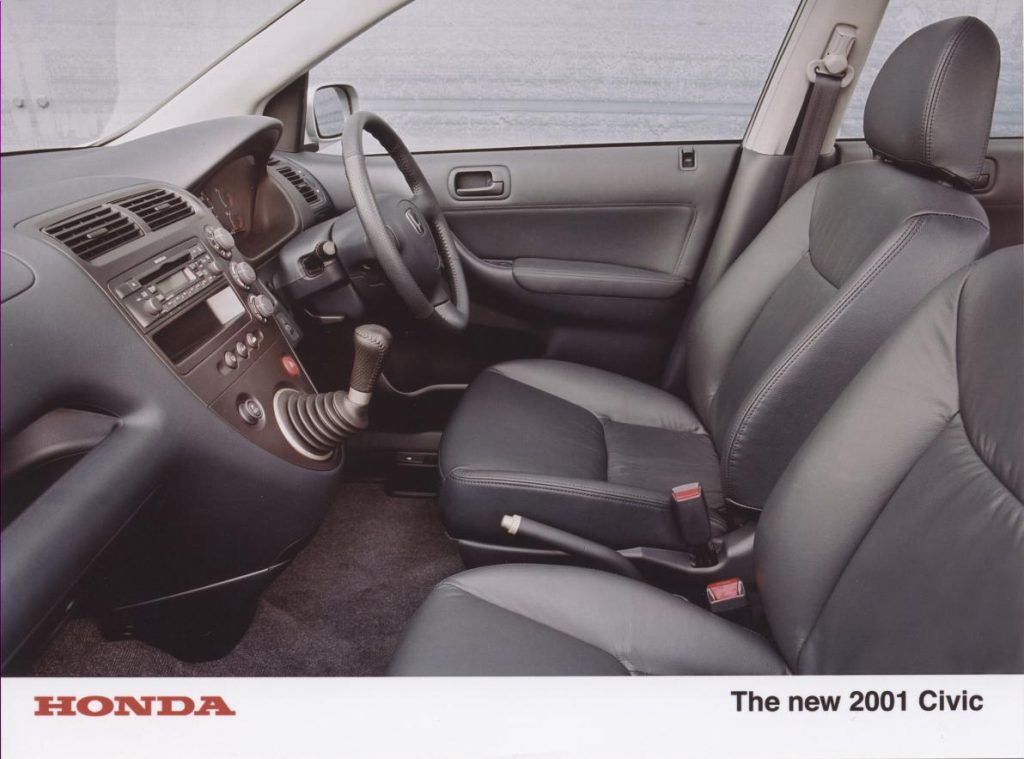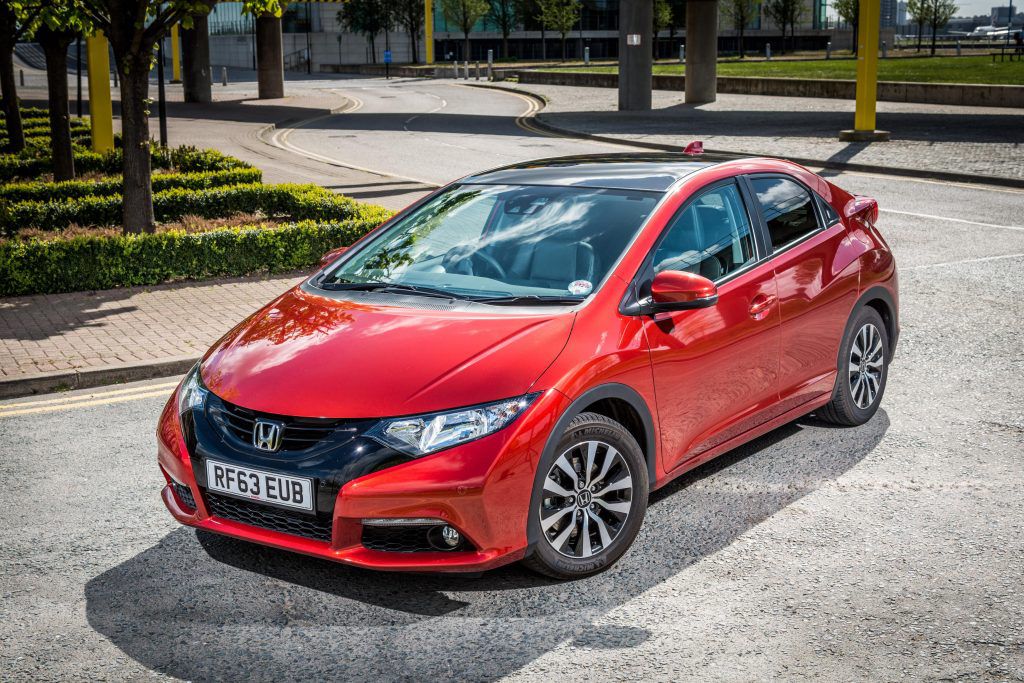The most recent Honda Civic release marks the 11th generation of this famous car. It will be the latest in a long line of Civics stretching back more than 40 years to the original little hatchback which came here in 1972.
Some of them have been revolutionary, all of them have been standard setting for build quality and reliability and here we take a look at the Civic’s evolution and what this new one has to live up to.

The History of the Honda Civic
Honda was a relative newcomer to the car market, having previously concentrated more on motorcycles but its first major design was right on target.
The original Civic was produced from 1972 and built to be a `world car, a car for all people, a car for the world.”
It was quite advanced for the time, following the trend set by the little Mini in having a transverse-mounted front engine layout. Putting the engine across the car instead of lengthways obviously creates more room inside and this was one of the Civic’s stand out features.
More than that, the Civic also showed the rest of the car world how to make use of lightweight construction without sacrificing strength and durability and this helped the car to achieve around 40 mpg.
That was good for the day and came in handy when the OPEC oil crisis suddenly made the cost of petrol a big issue….
1979 - 1983
In fairness the second generation Civic was not a huge leap forward, growing a little to give more room inside and its engines were even more fuel efficient.
It made way for the third gen model which took the Civic from being a small hatchback into a more MPV-like shape with an extended roofline.
1988 – 1991
It was if Honda had drawn breath a little with its previous two cars but for 1991 it ditched its traditionally conservative approach and this car was much sharper styled and going back more towards the hatchback look.
Of more significance, it gave the car independent rear suspension which transformed the ride. With the previous system if the inside rear wheel hit a bump or a dip it would affect how the other side rode.
Making them independent made the Civic so much more comfortable to drive or be a passenger in.
It also pre-dated a similar design from Ford by about ten years….
1991 – 1995
With Civic 5 Honda was displaying more confidence and was prepared to take a risk with the option of a decidedly sportier, coupe shape in addition to the five-door hatchback.
This was a deliberate ploy because this generation introduced the VTEC engine technology which produced lots of power relative to the capacity but with excellent fuel economy and low emissions. It was technology slightly ahead of its time but with the next generation…


1995 – 2000
This car is not remembered as being a stand-out car with one huge exception because this was the first time that Honda unleashed the Type-R version. With its VTEC engines it was more than capable of taking the fight to the VW Golf GTi or anything from Peugeot or Renault.
It also dipped into its long motorsport history to deliver a sparking little hatchback which instantly attracted faithful fans. This, however, was only the start of the Type R story.
2000- 2005
Honda was perhaps still a little conservative with this one although it did have an interesting design tweak with a `flat floor’ design which gave the impression as well as the fact of having lots of interior space.
To give just one example of this new thinking, its gear lever sprouted from the fascia instead of the conventional place on the floor.
Moving with the times, Honda also introduced its new diesel, a radical departure for a company which had hitherto been a petrol-only manufacturer.
2005 – 2011
Accusations of conservatism were history when this car arrived with its jaw-dropping looks and its dramatic styling concept which is still evident today and which makes the Civic such a stand-out car.
Further refinements in the engine and suspension made this a great car in that market at that time and thanks to its 24 carat build quality and it is still one of the nicer, more reliable cars you will find in the second hand sector.


2011 – 2017
A refinement of the previous model but with a much improved diesel and new, small capacity turbo engines which again were ahead of the game in turning to smaller capacity powerplants which only worked because they were so efficient in squeezing as much power with as little waste as possible from the fuel.
2017 - 2022
The styling is derivative, an evolution of the one we first saw back in 2005, but were substantial changes inside and under the bonnet thanks to this car having had the longest, most intensive development of any in Honda’s history.
As you slip behind the wheel you will notice more room inside. Its wheelbase, the distance between the front and rear axles, is longer which at a stroke gives a roomier interior. It is a fraction wider too giving a little more leg and shoulder/hip room and it has the biggest boot space in the class.
There is a distinctly `premium car’ look and feel with a digital dashboard and the latest Connect infotainment/connectivity system with a seven inch screen.
It is one of the safest in the class with Honda’s SENSING suite of radar-based driver alerts and aids fitted as standard across the range and under the bonnet the new Civic is the first model in Europe to offer a 1.0 litre three-cylinder and 1.5 litre four-cylinder gasoline turbocharged engines
And although it won’t be here just yet, this is the 25th anniversary of the Type-R so it is reasonable to assume something special!


2023
The new Honda Civic is fully hybrid providing you will electrifying power. The Honda Civic e: HEV keeps to excellent, sporty design of the previous Honda Civic line-up.
The new Honda Civic e: HEV has an extended 35mm wheelbase combined with a wider rear track giving you increased stability. Providing class-leading space, the versatile 60:40 split-folding rear seats increase the carrying capacity of the Civic. Combined with a wide tailgate – which makes loading and unloading so much easier.
The performance of the new Honda Civic e: HEV comes from an improved 2.0 litre engine paired with a lithium-ion battery duel electric motor. This powertrain will output 181bhp with 315Nm of torque. The new Honda Civic e: HEV will come with three driving modes normal, sport, and eco which will change how the new Honda Civic e: HEV drives.
The exterior design for the new Honda Civic e: HEV has changed with it taking a bolder design keeping with the large front grille and bolder body lines across the Honda Civic e: HEV. The overall design has given the new Honda Civic e: HEV an elegant design giving the combination of both a coupe and hatchback, but if you still love the older models check out our used Honda Civics.